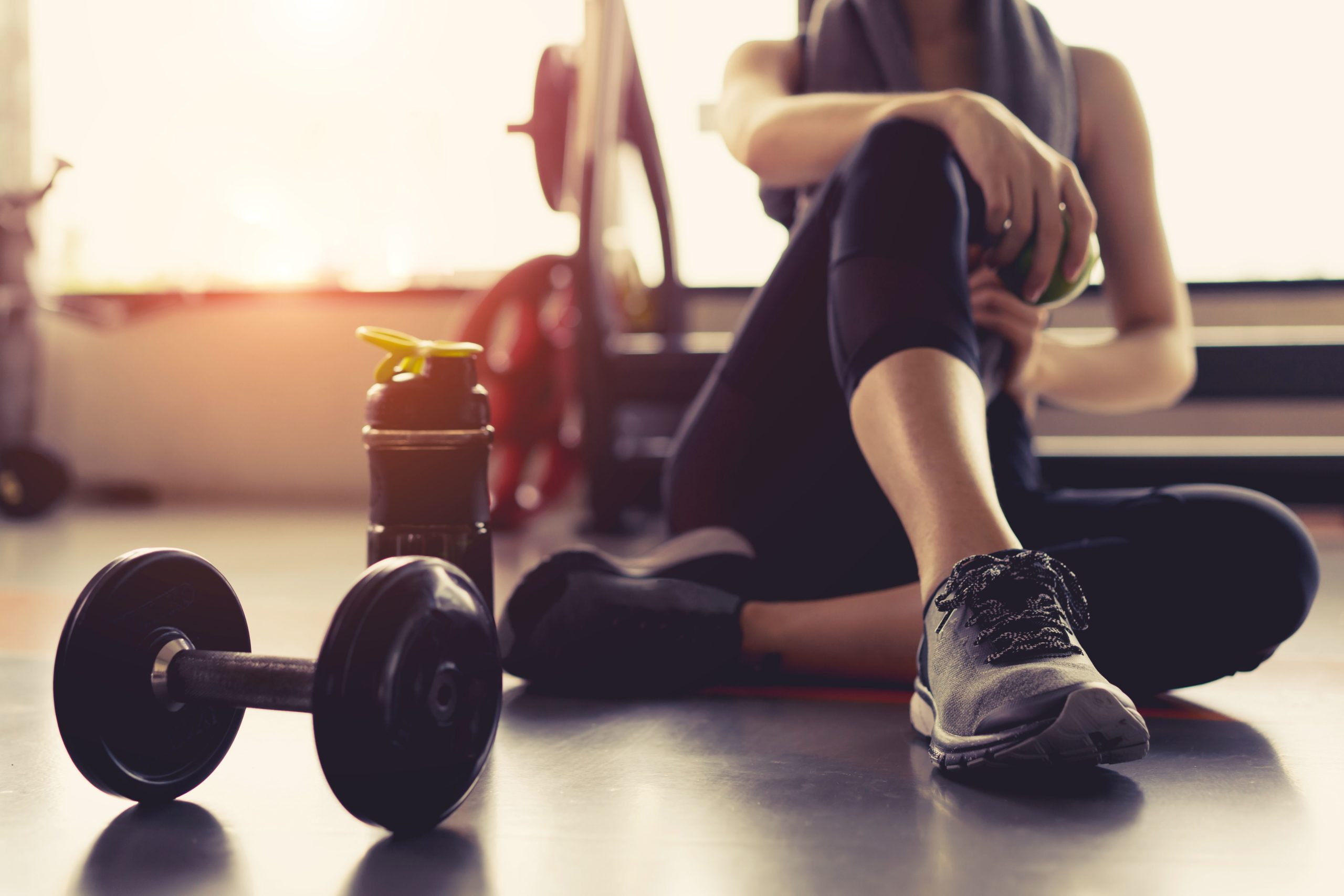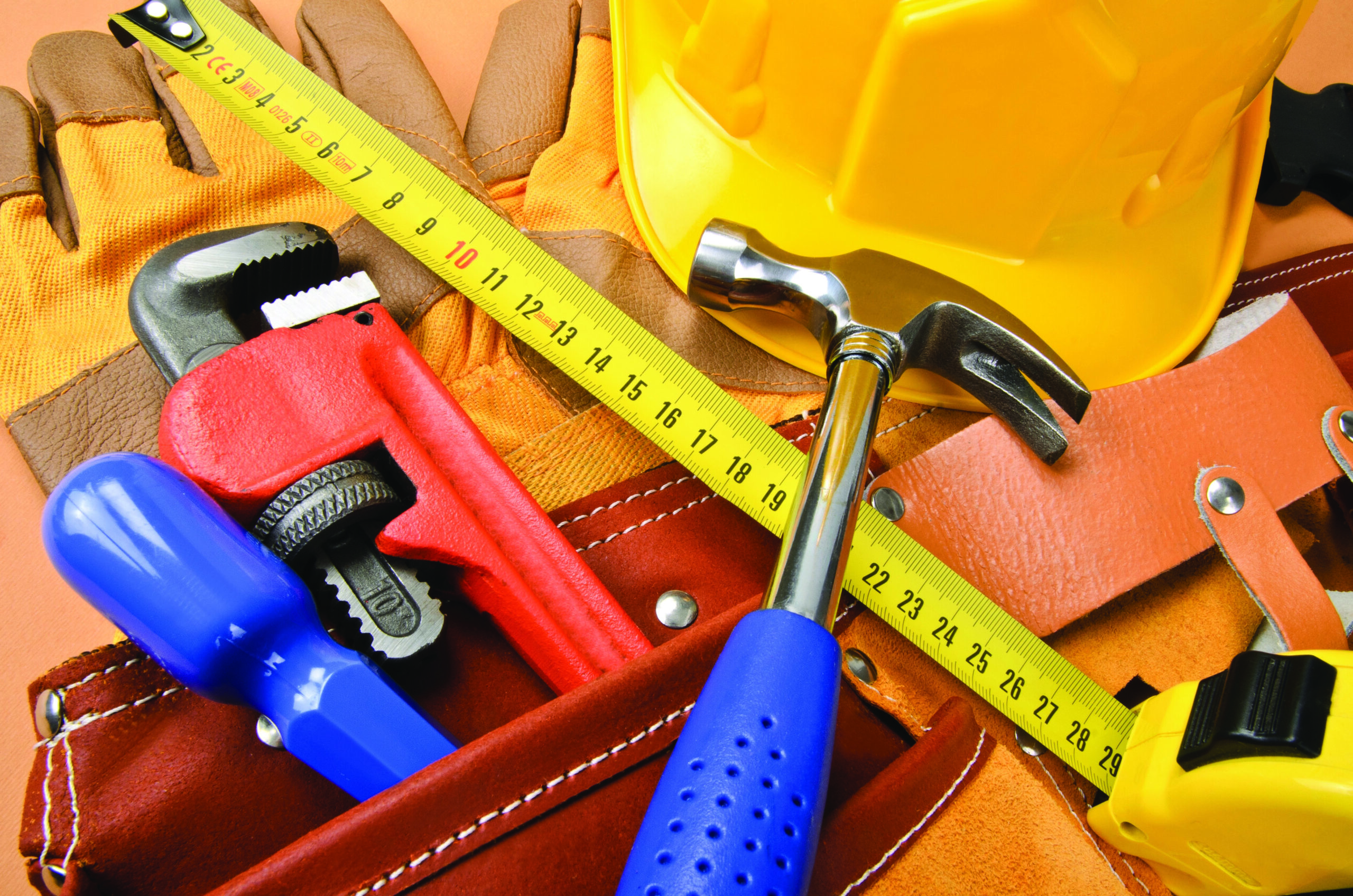by Caitlin O’Donnell
Do:
- Determine your purpose. Do you want to become more flexible? Lose weight? Build muscular strength? Improve balance?
- Find out where your fitness level is before you start so you can measure your progress. Some benchmarks to use include:
- BMI
- Heart rate before and after walking a mile
- Amount of time it takes to run a mile
- Number of push-ups you can do in a
certain length of time
- Ease into the new regimen. Starting slowly and resting when necessary prevents injuries.
Include a variety of activities. Switching up the routine protects muscles and joints from becoming overused, ensures that all muscles get the exercise they need and keeps exercise more interesting and challenging. - Make working out fun. Exercising with friends, watching a favorite show while you use the treadmill or playing some music are good places to start.
Don’t
- Try to force yourself into a routine that isn’t sustainable. If it’s challenging to set aside 30 minutes, try breaking it into 10-minute increments throughout the day. If going to the gym is intimidating, work out at home.
- Continue a workout if you feel dizzy, nauseous or if it is painful.
- Set vague goals. For example, instead of saying you’ll exercise more, aim to exercise for a certain amount of time each week.
- Ignore other lifestyle choices that impact your fitness, such as nutrition and sleep.
- Skip warm-ups. Warming up prevents injuries.








Leave A Comment